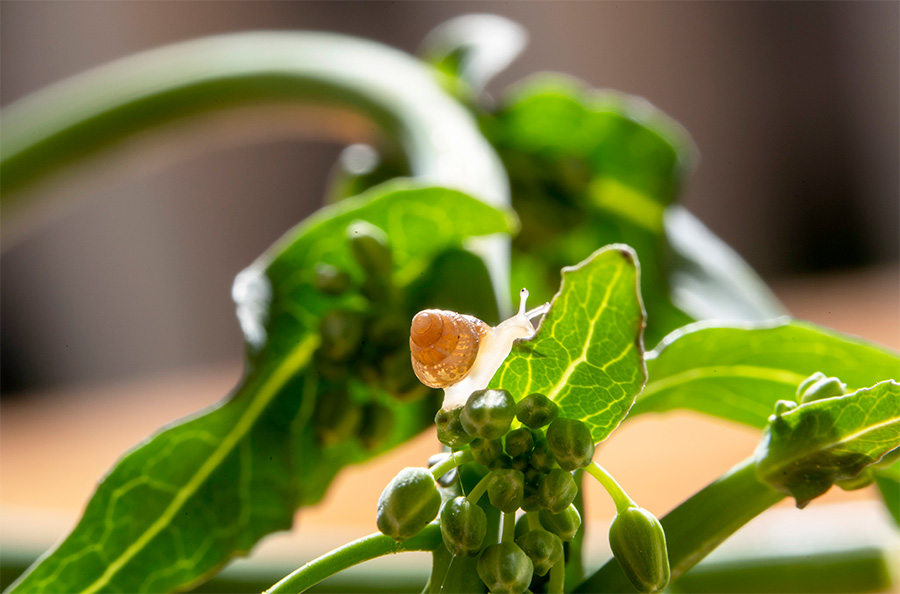A research project is underway to aid Australian grain growers to manage snail and slug damage in crops by optimising bait spreading operations.
Snails and slugs cause substantial crop damage and impose costs on the Australian grains industry estimated at $43 million annually.
GRDC investment together with substantial in-kind contributions from the Aerial Application Association of Australia (AAAA) and research partners will see around $450,000 invested in better understanding mollusc bait placement from aircraft and smaller ground rigs.
The research team will be coordinated by Western Australian agricultural research engineer Ben White with technical and practical support from mechanical engineer, Josh Giumelli and Victorian machinery specialist Mark Saunders.
They will work collaboratively with mollusc researchers and the AAAA to conduct the research with a focus on aircraft and operating parameter influences.

Snails and slugs cause substantial crop damage and impose costs on the Australian grains industry estimated at $43 million annually. Photo: Evan Collis/GRDC
Mr White said effective molluscicide baiting is crucial in broadacre cropping systems.
"The project will include testing a range of aircraft types and surveying stakeholders to pinpoint key factors for effective bait distribution," Mr White said.
Additionally, we'll evaluate a range of common 12-volt ground spreaders to provide a guide on suitable equipment and configurations for smaller spinner spreaders delivering consistent mollusc baiting outcomes. An established test protocol will be adapted to evaluate bait spread performance distribution uniformity.
GRDC Manager Crop Protection - West Georgia Megirian said the project had arisen from feedback via GRDC's National Grower Network (NGN).
"At recent NGN forums, growers across the south coast of WA made it clear that current snail baiting strategies aren't always hitting the mark," Ms Megirian said.
Snails are a persistent challenge, with control often inconsistent due to difficulties in achieving effective bait coverage and timing. Application methods and spread accuracy play an important role, and improving these techniques could help reduce crop losses and minimise the need for multiple applications.
Optimising bait timing, integrating cultural and mechanical control methods, and improving the precision of molluscicide bait spreading can enhance snail control, reduce input costs, and minimise grain contamination-helping growers meet market standards.
The project will produce accessible resources detailing the strengths and limitations of different spreader types, along with practical recommendations to improve bait placement and effectiveness for snails.






